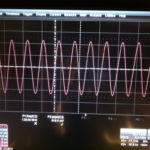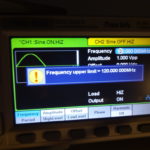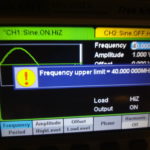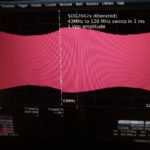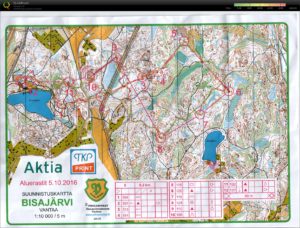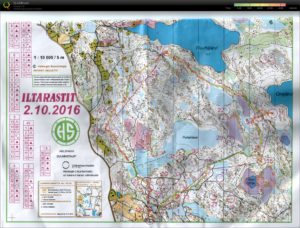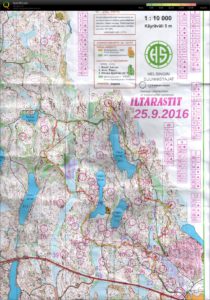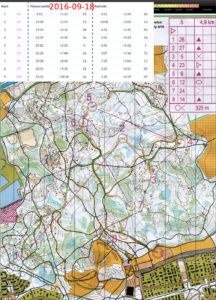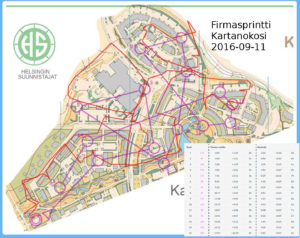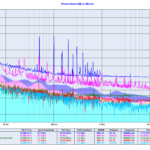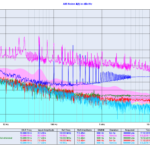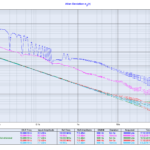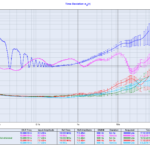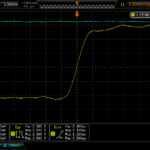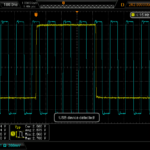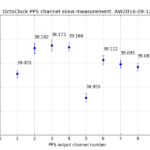ITSF2016 last week including a visit to the Strahov library.
Siglent SDG2042X liberation
Holy megacycles Batman! This thing is made for hacking. You telnet into the thing, delete one line in an XML config file, and then reboot. Whiskey-Tango-Foxtrot!?
Here's how the screen looks before and after, and a view of the 120 MHz signal on the scope. There's a bit of amplitude ripple as you sweep up from around 50 MHz.
Aluerastit Kuusijärvi - in the dark
Iltarastit Solvalla
Iltarastit Luukki
Nyslott
Olavinlinna, the northernmost medieval stone fortress still standing.
White Rabbit Beer
Iltarastit Paloheinä
Firmasprintti Kartanonkoski
Ettus OctoClock distribution amplifier
I measured the phase-noise of an Ettus OctoClock distribution amplifier. These plots compare it to earlier measurements on an SRS FS710 and a Symmetricom 6502 as well as my own TADD-1 inspired AD8055 prototype.
OctoClock schematic here: http://files.ettus.com/schematics/octoclock/octoclock.pdf
10 MHz clock-distribution chip: http://www.ti.com/lit/ds/symlink/cdce18005.pdf
For time-nuts kind of stuff (H-masers!) the 10 MHz phase-noise doesn't look that great, and there is something funky going on in the AM noise!? The box is powered by a +6 VDC wall-wart PSU which is probably the cause of all those spikes...
The PPS-channels are based on 7404 hex-inverters and look OK. 200ps of skew is equivalent to 4 cm of trace-length (?) - which seems like a lot if there was an effort to minimize it... For a 1 V/ns rise-time pulse 200ps is equivalent to 200mV of DC-offset in either the signal or the counter trigger-level which also seems like a lot?





